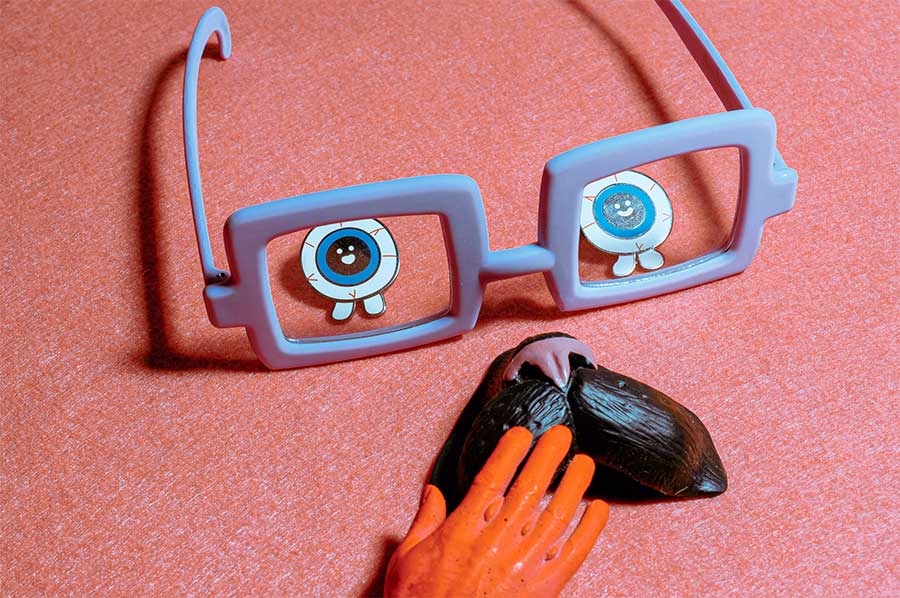
08 Sep The Power of Visual Storytelling: Using Cartoons and Comics to Aid Autistic Children and Teenagers in Grasping Social Situations
For autistic children and teenagers, deciphering the intricacies of social interactions can be a formidable challenge. Our children often process information differently, with a strong inclination toward visual cues.
In this regard, cartooning and comic strips emerge as potent tools for assisting the child with comprehending social scenarios, refining communication abilities, and nurturing meaningful social interactions.
What are some of the amazing benefits of using cartoons and comics to aid autistic children and teenagers in grasping social situations?
- The beauty of cartooning and comic strips lies in their visual richness. They present information through a sequence of images, transforming complex social situations into easily digestible and sequential narratives.
- Comic strips, with their consistent panel layouts and character designs, introduce an element of predictability and routine. This structured format can be remarkably soothing for autistic individuals, thereby reducing their anxiety in social contexts.
- Comic strips also adopts a visual storytelling approach that resonates with the natural visual thinking tendencies of autistic individuals. By presenting social scenarios visually, they facilitate a better understanding of these narratives.
- Good cartoons tend to amplify facial expressions and the body language of their characters. This heightened visual representation allows autistic individuals to recognize and interpret emotions more easily, enhancing their ability to understand the feelings of both themselves and others.
- Cartoon characters often serve as role models by demonstrating appropriate social behaviours and interactions. This visual learning can assist autistic individuals in grasping social scripts, gestures, and expressions that they can then apply in real-life situations.
- One of the strengths of comic strips is their adaptability. Autistic individuals can create personalized comics tailored to their unique experiences and needs, addressing their specific social challenges and goals.
- Verbal communication can be challenging for many autistic individuals. Comic strips offer an alternative avenue for expression. By crafting their comics, they can effectively communicate thoughts, emotions, and experiences, facilitating improved communication and self-advocacy.
- Visual storytelling cultivates a deeper understanding of others’ perspectives and emotions. Through comics, autistic individuals can develop increased empathy, ultimately enhancing their social interactions and relationships.
- Cartooning isn’t merely an individual pursuit; it can also be a social activity. Collaborative comic creation, whether with peers or family members, fosters social play and cooperation, strengthening social bonds.
- Comic strips can serve as valuable aids during transitions or challenging circumstances. They can help autistic individuals prepare for changes in routine and express their emotions and thoughts, making coping with difficult situations more manageable.
Cartooning and comic strips represent a unique and highly effective approach to assisting autistic teenagers in comprehending and navigating social situations. These visual strategies not only enhance their understanding of social narratives but also offer a creative outlet for expression and skill development. By harnessing the power of visual storytelling, we empower autistic individuals to approach the social world with increased confidence and understanding.

